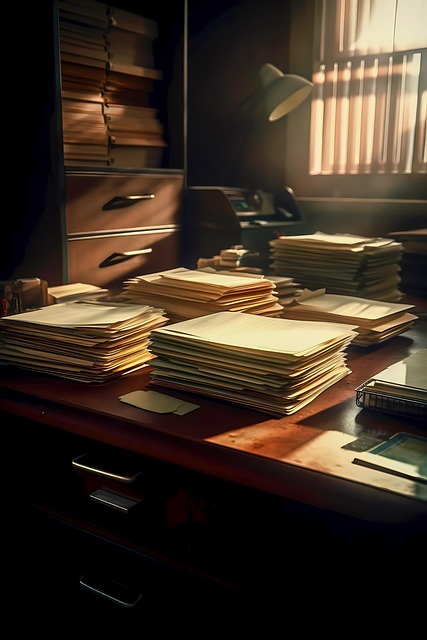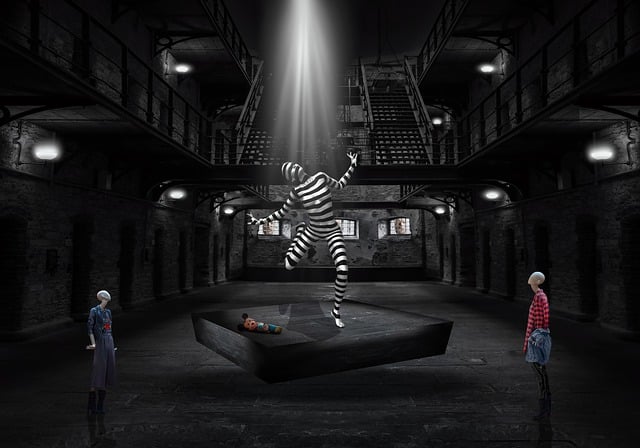High-risk reoffenders with DUI history face complex challenges, including substance abuse and mental health issues. Harsh penalties alone may not break the cycle of reoffending. Alternative interventions like rehab programs, support services, and tailored legal assistance are crucial. Vehicle impoundment under DUI laws disrupts this cycle by reducing mobility and sending a strong deterrent message. Stricter legislation deters drunk driving, encourages reflection, and promotes alternative transportation methods for enhanced public road safety. Addressing root causes through education, vocational training, and mental health services, coupled with stringent enforcement of vehicle impoundment and DUI laws, breaks recidivism patterns.
In the pursuit of safer communities, understanding high-risk reoffenders and their unique challenges is paramount. These individuals often cycle through the criminal justice system, posing significant risks to public safety. This article delves into strategies to disrupt this cycle, focusing on two key areas: vehicle impoundment as a crime prevention tool and the enhancement of DUI laws for greater accountability. By exploring these measures, we aim to provide insights into breaking the cycle of recidivism for high-risk offenders, thereby fostering more secure communities.
- Understanding High-Risk Reoffenders and Their Challenges
- The Role of Vehicle Impoundment in Crime Prevention
- DUI Laws: Enhancing Accountability and Safety Measures
- Strategies to Break the Cycle of Recidivism for High-Risk Offenders
Understanding High-Risk Reoffenders and Their Challenges

High-risk reoffenders, particularly those with a history of DUI (Driving Under the Influence) and facing vehicle impoundment, present unique challenges for the justice system. These individuals often struggle with complex issues such as substance abuse, mental health problems, and a lack of stable employment or housing. Their past actions not only affect their own lives but also pose significant risks to public safety.
Understanding these challenges is crucial in developing effective interventions. In the context of DUI law and vehicle impoundment, it’s important to recognize that harsh penalties alone may not break the cycle of reoffending. Alternative approaches, such as rehabilitation programs, support services, and tailored legal assistance, can play a vital role in addressing the underlying causes and helping these individuals turn their lives around.
The Role of Vehicle Impoundment in Crime Prevention

In the pursuit of breaking the cycle of reoffending among high-risk individuals, vehicle impoundment emerges as a strategic tool in crime prevention, particularly when coupled with DUI (Driving Under the Influence) laws. The process involves temporarily seizing and storing vehicles owned or operated by those convicted of alcohol-related offenses, serving as both a deterrent and a consequence. By removing access to cars, authorities can limit opportunities for further illicit activities, especially considering that many crimes are enabled by the mobility offered by personal vehicles.
This practice not only discourages repeat DUI offenses but also sends a strong message within affected communities. The impoundment of high-risk offenders’ vehicles under DUI laws creates a disincentive, potentially reducing the rate of alcohol-impaired driving and its associated crimes. Moreover, it can foster a sense of accountability, as individuals recognize the direct correlation between their actions and the consequences, such as the loss of a means of transportation.
DUI Laws: Enhancing Accountability and Safety Measures

DUI laws play a pivotal role in enhancing accountability and safety measures, serving as a deterrent for potential offenders. Stringent legislation, including vehicle impoundment as a consequence, has proven effective in reducing drunk driving incidents. When an individual is convicted of DUI, their vehicle may be seized and impounded for a specified period, significantly disrupting their mobility and access to a means of transportation. This measure not only deters future offenses but also ensures the safety of public roads.
The impoundment of vehicles under DUI laws adds another layer of accountability. It reinforces the severity of the offense, sending a clear message that reoffending will result in stricter penalties. Furthermore, it provides an opportunity for individuals to reflect on their actions and consider alternative transportation options, potentially leading to long-term behavioral changes.
Strategies to Break the Cycle of Recidivism for High-Risk Offenders

Breaking the cycle of recidivism for high-risk offenders is a multifaceted challenge, but several innovative strategies offer hope. One effective approach involves addressing the root causes that led to criminal behavior in the first place. This includes providing access to quality education, vocational training, and mental health services tailored to their unique needs. By equipping these individuals with new skills and improved coping mechanisms, they can develop more constructive ways of managing stress and adversity, reducing the likelihood of reoffending.
Additionally, Vehicle Impoundment and DUI Law play a pivotal role in this process. Stringent enforcement of laws related to impounding vehicles for drunk driving or other high-risk offenses can serve as a powerful deterrent. Combined with robust rehabilitation programs, this approach sends a clear message: breaking the law will result in significant consequences, including the temporary loss of transportation. Such measures not only discourage repeat offenders but also encourage them to seek help and turn away from a life of crime.
By implementing targeted strategies, such as enhanced vehicle impoundment measures and stricter DUI laws, we can disrupt the cycle of recidivism for high-risk offenders. These approaches not only promote public safety but also provide critical opportunities for rehabilitation and reintegration. Breaking this cycle demands a collaborative effort between law enforcement, legal professionals, and community support services to create lasting positive change.






